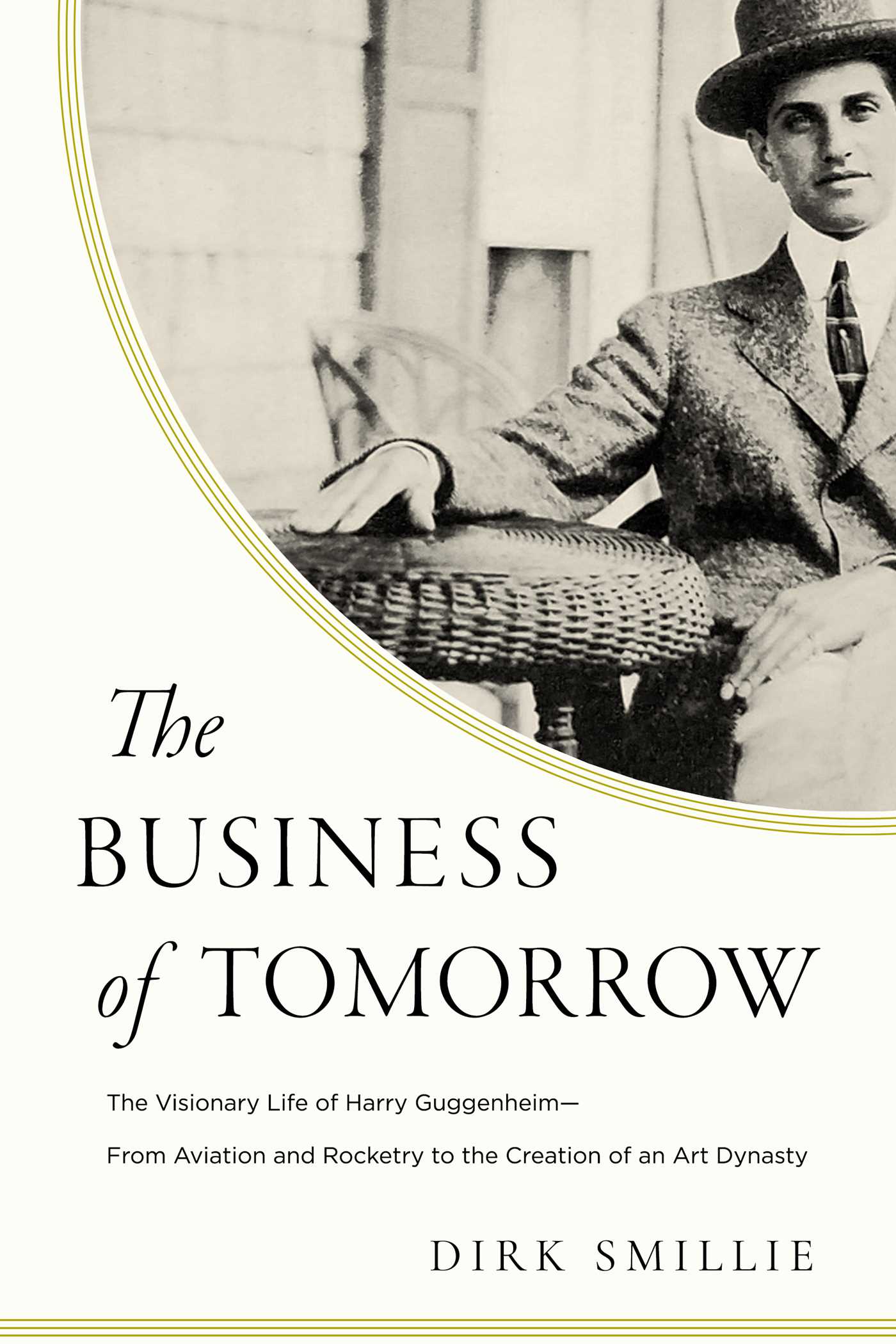Harry Guggenheim was a man of impressive achievements and staggering wealth. While most commonly known for the creation of the famed Solomon Guggenheim Museum, Harry was also the co-founder of Newsday, dubbed “The Godfather of Flight” by Popular Science, chosen as the US ambassador to Cuba, and a major thoroughbred racehorse owner.
He even arguably had a greater impact on the development of aviation than the Wright Brothers.
Wilbur and Orville did invent the airplane, but they did everything they could to stall the growth of aviation by zealously protecting their patents in court. Later, Harry and others jumpstarted the industry by funding aeronautical schools, design competitions, reliability tours and breakthroughs in technology
Today’s guest, Dirk Smillie, author of The Business of Tomorrow – The Visionary Life of Harry Guggenheim: From Aviation and Rocketry to the Creation of an Art Dynasty shows that it was the singular force of Harry Guggenheim that guided the family’s businesses into modernity. Part angel investor, part entrepreneur, part technologist, Harry launched businesses whose impact on 20th century America went far beyond the Guggenheims’ mines or museums.
Q. Your book argues that Harry Guggenheim’s decision to rename the family museum from the “Museum of Non-Objective Art” to the “Guggenheim” was one of the most consequential branding decisions of the 20th century. Can you explain?
A. The museum began as a private collection of nonobjective art belonging to Harry’s uncle, Solomon Guggenheim. Solomon was deeply influenced by his art advisor, Hilla Rebay, who convinced him to use the term “non-objective” in the museum’s title. By changing the museum’s name to simply the “Guggenheim,” Harry fused the identity of the museum to the family’s identity, which most people felt possessed a strong track record of charitable giving and public interest investing. The new museum showcased the art of the future in a building that itself was a work of art. The Guggenheim name became synonymous with both business and cultural credibility, wrapped up in a global art brand. The New York museum (now a U.N. World Heritage site) has a sister museum in Bilbao; the Guggenheim Abu Dhabi is expected to open in 2024.
Q. How did the Guggenheim Museum brand lead to Guggenheim Partners, a $300 billion Wall Street firm?
A. It turns out that the qualities people associate with the museum and the Guggenheim brand—trust, integrity, competence—are the same qualities people seek from advisors managing their money. Harry built these values into the reputation of the museum and the family name. I doubt he ever imagined they would be used to create a Wall Street firm.
Cite This Article
"Harry Guggenheim: The Elon Musk of the Gilded Age" History on the Net© 2000-2024, Salem Media.
July 27, 2024 <https://www.historyonthenet.com/harry-guggenheim-the-elon-musk-of-the-gilded-age>
More Citation Information.






